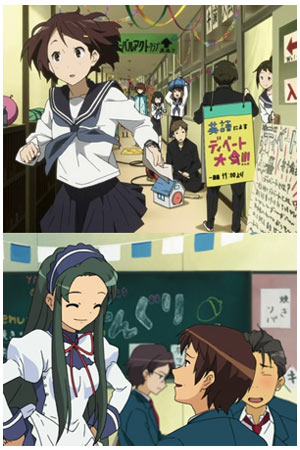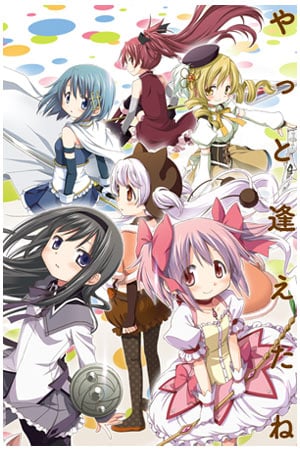Over the weekend I went to my son’s high school to attend his last 文化祭 bunka-sai or culture festival, since he’ll be graduating next March. Culture festivals are put on every year in the fall, or in schools with higher academic standards, every two years. More than most aspects of Japan, culture festivals are somewhat easy for us to understand, since if you’ve watched three episodes of anime in your life you’ve probably seen two centered around a school festival — though I’ve yet to catch an episode in which a character’s parents show up to embarrass their kids in front of his classmates, as I did with my son. At a school festival, the different classes and school clubs put on various dashimono (er, mini events) which follow popular trends — in addition to a zombie nurse-themed haunted house and movie club that created parody versions of famous TV commercials, one class put on an Attack on Titan-themed palm reading shop. Culture festivals serve several purposes: they’re a chance for students to have some fun after test season, and they’re important for cross-pollination between schools, as students from different schools can visit with friends, and incoming students trying to decide which high school to attend can visit and get a feel for things. Going to culture festivals are also the only way students who go to all-girl or all-boy schools can hope to find a girlfriend/boyfriend.

Culture Festivals are a staple of modern anime.















